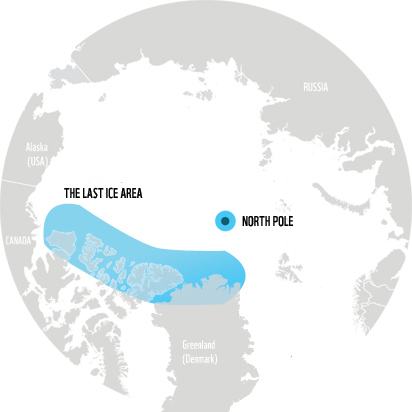The WWF is run at a local level by the following offices...
- WWF Global
- Adria
- Argentina
- Armenia
- AsiaPacific
- Australia
- Austria
- Azerbaijan
- Belgium
- Bhutan
- Bolivia
- Borneo
- Brazil
- Bulgaria
- Cambodia
- Cameroon
- Canada
- Caucasus
- Central African Republic
- Central America
- Central Asia
- Chile
- China
- Colombia
- Croatia
- Democratic Republic of the Congo
- Denmark
- Ecuador
- European Policy Office
- Finland

Arctic survivor
WWF polar biologists are supporting high-tech research using satellite collars, ear tags and DNA sampling to collect data linked to the polar bear's survival. You can help WWF ensure polar bears roam the Arctic long into the future.
Polar tracks
From frozen oceans to infinite ice deserts, the polar bear's world is changing fast. In order to understand polar bear population trends, and support good conservation decisions, WWF is supporting high-tech polar bear research.
Polar bear researchers need to understand what will happen to the bears when sea ice disappears. For that purpose, biologists in the field use light and compact GPS collars to track the bears' movements in real time.
Because polar bears inhabit such remote and challenging habitat, collecting high quality data isn't cheap. For example, the cost of a radio collar to track polar bears is €3,750 (approximatively $4,650).
Sign up to the WWF newsletter
Life through the eyes of a polar bear
Thanks to an innovative collar camera, we can walk with a polar bear as she finds food, sizes up a potential mate, and wanders the sea ice.
Camera inventor Mehdi Bakhtiari and videographer Adam Ravetch worked with United States Geological Survey biologists to fit camera collars on 4 female polar bears in Alaska. The cameras captured life on - and under - the ice in 10 minute bursts.
The Wild life Cam has given biologists some surprising insights about polar bears. In an earlier test, one bear was seen gorging on berries - a food source that biologists previously thought was too low in energy to be worthwhile. Clues like this guide biologists who are studying how bears adapt to a world with less ice.
Want to know more about polar bears ?
The last ice area

Almost every summer, the amount of remaining ice gets smaller. That summer ice is vitally important to a whole range of animals from tiny shrimp to vast bowhead whales, to polar bears, and to local people. By 2040, only a small amount of sea ice is projected to remain in the summer Arctic. This is the Last Ice Area.
WWF is supporting research on this vital Arctic habitat so Arctic people and governments can ensure polar bears, and all the life linked to sea ice, can thrive long into the future.
DU Battery Saver is pleased to be able to support WWF and offer its users an opportunity to help WWF Build a future in which humans live in harmony with nature.
Polar bear
DU Battery saver
